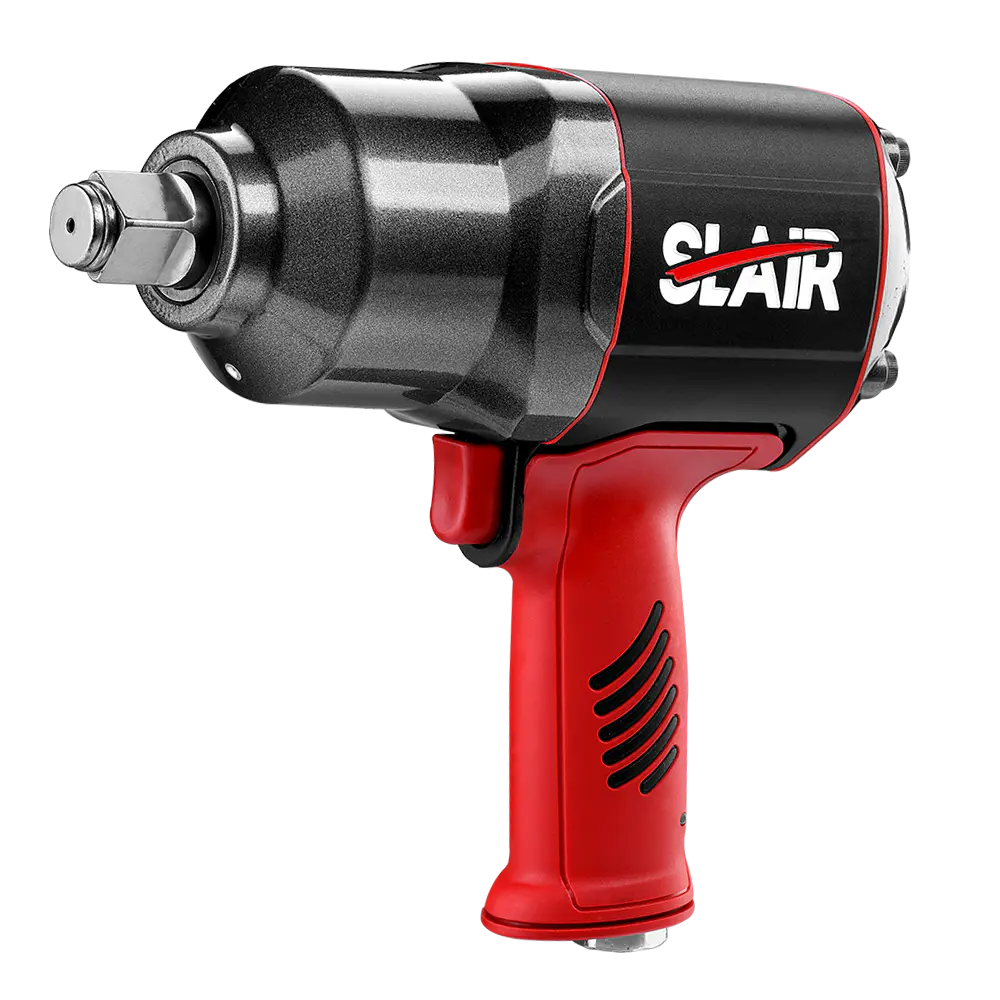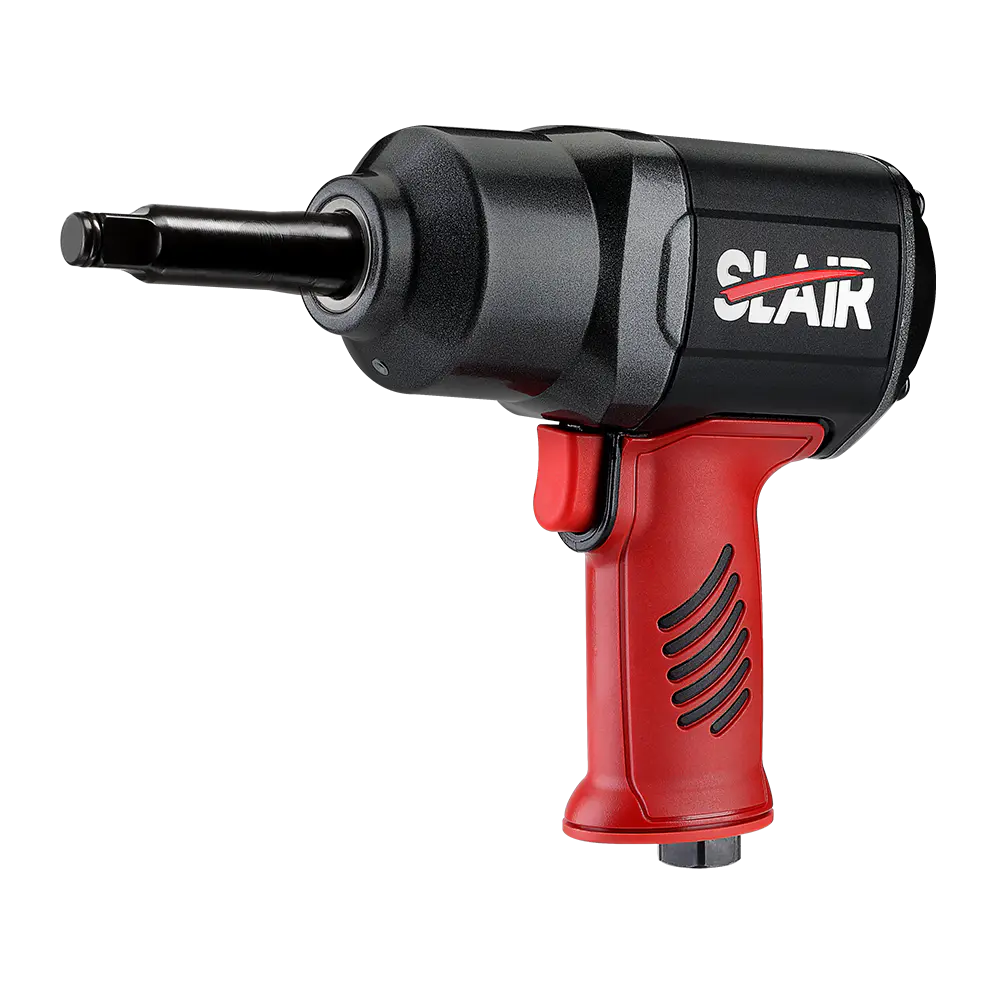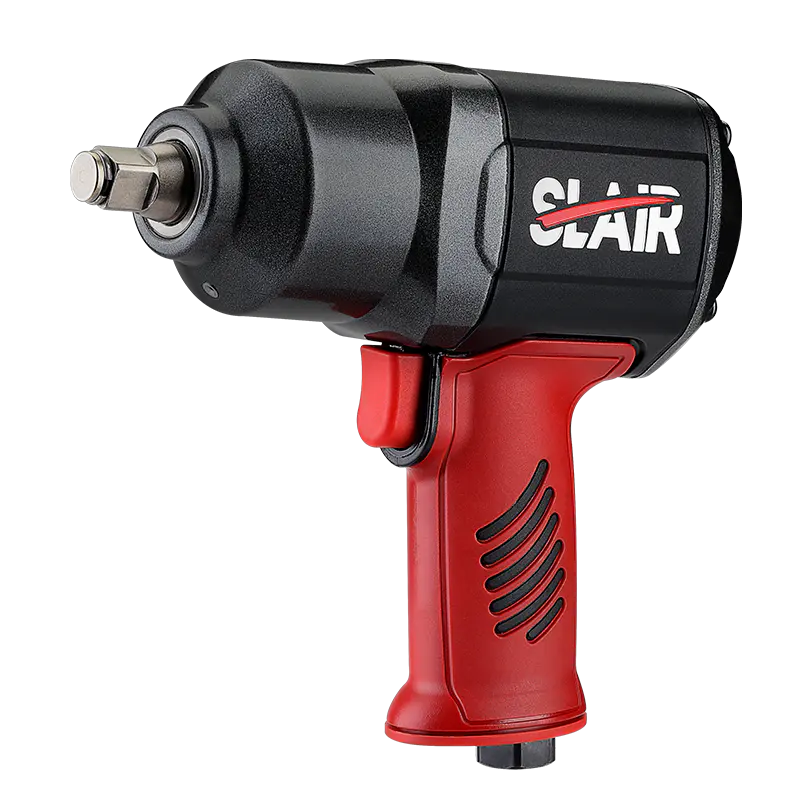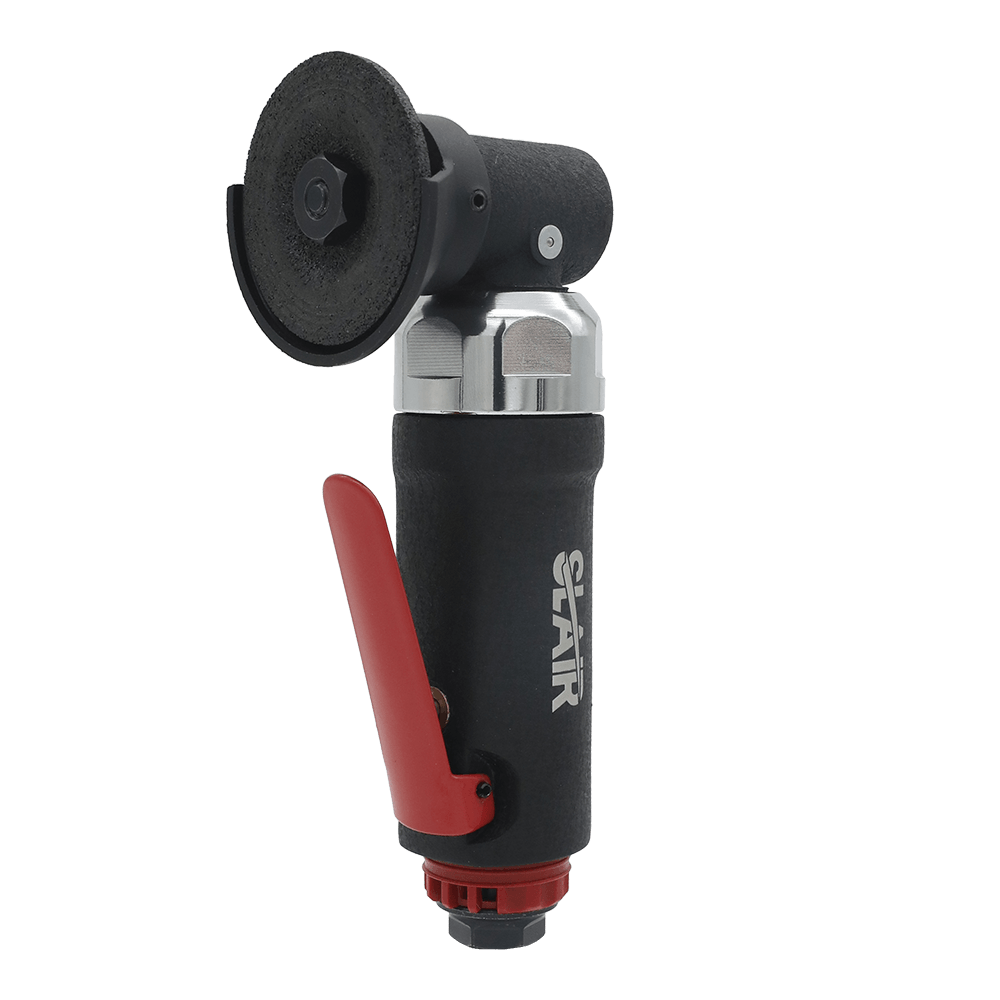An air cut-off tool, also known as a pneumatic cut-off tool, operates using compressed air as its power source. Here's an overview of how it works:
Operation:
Power Source:
The primary source of power for an
air cut-off tool is compressed air. It requires a connected air compressor to supply the necessary pressurized air for operation.
Air Inlet:
The tool has an air inlet that connects to the air compressor via an air hose. Compressed air is delivered to the tool through this inlet.
Motor Mechanism:
Inside the tool, there is a pneumatic motor mechanism that converts the compressed air's energy into rotational motion.
Trigger Control:
The tool typically features a trigger or lever control that the operator activates to start the tool. When the trigger is pressed, it allows the release of compressed air into the motor.
Rotational Motion:
As the compressed air flows into the motor, it causes the internal components to rotate. The rotational motion generated by the motor is then transferred to the cutting wheel or blade.
Cutting Wheel or Blade:
The cutting wheel or blade, mounted on the tool, starts rotating at a high speed. This high-speed rotation enables the cutting action.
Cutting Material:
The operator guides the rotating cutting wheel or blade across the material to be cut. The high-speed motion, combined with the sharp edge of the cutting accessory, facilitates the cutting process.
Exhaust:
During operation, the tool generates exhaust air, which is expelled through an exhaust port to maintain a clean working environment. Some models may have features to direct the exhaust away from the user.
Power Source:
The primary power source for an air cut-off tool is an air compressor. The air compressor pressurizes atmospheric air, delivering it to the tool through an air hose. The tool's motor mechanism uses this compressed air to generate the rotational motion needed for cutting.
Advantages:
Consistent Power:
Compressed air provides a consistent and continuous power supply, allowing the tool to operate consistently without the need for battery changes or power cords.
High RPM:
Air cut-off tools can achieve high rotations per minute (RPM), making them suitable for various cutting applications.
Versatility:
Pneumatic tools are known for their versatility, capable of handling a range of materials and applications.
Reduced Heat Buildup:
Unlike electric tools, air cut-off tools produce less heat during operation, reducing the risk of overheating and allowing for prolonged use.
Lightweight Design:
Air cut-off tools are typically lightweight, making them easy to handle and maneuver during cutting tasks.
In summary, an air cut-off tool operates by utilizing compressed air supplied by an air compressor. The compressed air powers a motor mechanism, which, in turn, drives the rotational motion of the cutting wheel or blade, enabling efficient cutting of various materials.





 English
English 中文简体
中文简体 русский
русский Deutsch
Deutsch Português
Português Español
Español
















